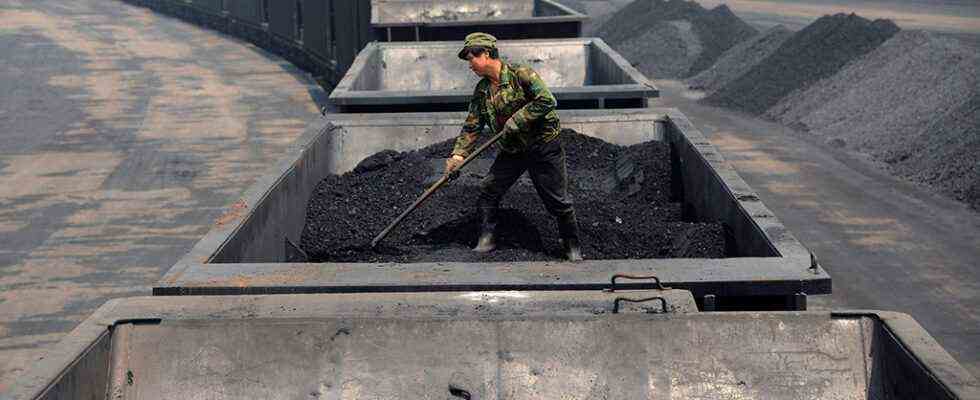Status: October 31, 2021 12:33 p.m.
China is the world’s largest emitter of CO2 – also because 60 percent of its electricity comes from coal-fired power plants. In order for the country to become climate neutral by 2060, as planned, it is investing heavily in renewable energies. But time is running out.
In large Chinese cities such as Shanghai, Beijing, Hangzhou or Shenzhen, countless electric scooters whiz through the streets almost silently, and the many green license plates show that more and more cars are also electric cars. Many large cities in China have even electrified their bus fleets. You could think of China. I am already driving almost emission-free.
The country is actually a global pioneer when it comes to e-mobility. However, this only has to do with climate protection, because around 60 percent of electricity still comes from coal-fired power plants.
China wants to be climate neutral by 2060
Before the world climate summit, the Chinese government had therefore affirmed that it wanted to be less dependent on coal in the future and generate more electricity from renewable energies and from largely CO2-free nuclear energy. At least that is what a new policy paper on climate policy says.
However, there is not much that is new in it. At least China is now officially and bindingly confirming to the international community for the first time that it wants to be climate neutral by 2060. In addition, the peak of CO2 emissions should be reached by 2030 at the latest. Conversely, this means that until the end of this decade, CO2 emissions in China will continue to rise year on year.
Li Shuo of the environmental organization Greenpeace believes that climate neutrality will only be realistic by 2060 if China cuts CO2 emissions faster and more clearly than previously announced. “Getting to zero by 2030 to 2060 is a very ambitious goal. Many observers believe that this is pure science fiction,” says Li. then the goal of climate neutrality will be more realistic. “
The demand for electricity is increasing rapidly
In order to reduce CO2 emissions, wind turbines, photovoltaic farms and new nuclear power plants have been built on a large scale in the People’s Republic for years. As a result, at least the share of coal in the electricity mix is slowly declining. The problem is that at the same time the demand for electricity in China continues to rise rapidly.
Most recently, the electricity had to be switched off again and again in around 20 parts of China – simply because too little was available. One thing is clear: for China’s state and party leadership, security of supply has priority over climate protection. In the short term, the country will remain dependent on coal, says energy expert Yan Qin, who works for the financial analysis firm Refinitiv in Oslo.
“In the past few months, China’s state planning commission has called on the coal-rich regions of Inner Mongolia, Shanxi and Shaanxi to increase coal production. At the same time, it is telling these parts of the country: But in a few years you will have to reduce coal significantly,” said Yan.
The construction industry releases a lot of CO2
Climate experts point out that China’s path to climate neutrality is by no means just about coal. Hardly any other branch of industry in China is generating as much growth as the construction industry. In the production of steel and cement, however, huge amounts of climate-damaging CO2 are released.
“When do we get answers on climate protection from the state steel and concrete industry?” Asks Greenpeace expert Li. “So far we have not heard anything from this sector ? “
China’s communist leadership has so far been hiding largely behind melodious phrases and clichés when it comes to climate protection. This became clear again when the new climate protection policy paper was presented a few days ago.
World Climate Conference: China depends on coal, but wants to be climate neutral by 2060
Steffen Wurzel, ARD Shanghai, October 31, 2021 10:45 a.m.

